“As you are all aware, rainfall in the arid and semi-arid areas of Kenya failed completely during the October–December 2021 and March–May 2022 rainy seasons. This resulted to the current drought being experienced in Southern, Eastern and Northern Kenya. The drought has caused mortality of wildlife, mostly herbivore species. The mortalities have arisen because of depletion of food resources as well as water shortages.
To monitor the impacts of the drought on wildlife, mortality data was collected by Kenya Wildlife Service Rangers, Community Scouts and Research Teams from Wildlife Research and Training Institute (WRTI) and by Non-Governmental Organizations operating in the eight Conservation Areas as defined by Kenya Wildlife Service.
I confirm that different species of wildlife have been affected by the drought with a total of 14 different species of wildlife being affected between February and October 2022. The drought has resulted in the deaths of the following species of wildlife: Wildebeest (512 animals), Common Zebra (381 animals), elephants (205 animals), Grevy’s zebra (49 animals) buffalo (51 animals) and Giraffe (12 animals) Reticulated (8 animals) Maasai (4 animals).
The most affected areas include Amboseli, Tsavo and Laikipia-Samburu ecosystems. Elephants in Amboseli and Laikipia-Samburu regions are worst affected by the drought as the ecosystems have recorded more than 70 elephant deaths. The Amboseli ecosystem has lost 510 wildebeests, 358 common zebras, 76 elephants, and 19 buffalos among other species.
The Laikipia-Samburu ecosystem has lost 74 elephants and 49 Grevy’s zebras. The Tsavo ecosystem has lost 54 elephants, 23 common zebras, 32 buffaloes. The Rhino population has not been seriously affected by the drought with only one rhino aged about 2 years having died in Ngulia Rhino sanctuary, Tsavo West National Park because of the drought. Most of the wildlife died in the months of August, September and October, with the months of September and October recording the highest number of wildlife deaths due to the drought. The continued worsening of the drought condition could affect more Rhinos in overstocked Rhino sanctuaries (e.g., Ngulia Rhino Sanctuary, Tsavo West National Park among others).
Some of the interventions that the Government of Kenya has undertaken include:
- Provision of hay to affected species (e.g., Grevy’s feeding programme in Northern Kenya; Hippo feeding programme at Mzima springs)
- Water trucking for wildlife in protected areas
- Enhanced surveillance of wildlife outside protected areas to reduce human-wildlife conflicts
- Coordination of wildlife conservation and management partners to supplement Government wildlife feeding and water tracking programmes
- Collation of wildlife mortality data and information to guide management decisions making process and policy
- Mobilization of resources for mitigating the impacts of the drought
Meanwhile, the Ministry wishes to invite interested partners to:
- Supplement in the provision of water as well as salt licks to wildlife in the most affected ecosystems namely, (Amboseli, Tsavo, Laikipia-Samburu);
- Expansion of hay provision to Grevy’s zebra in northern Kenya over the next two months (November and December);
- Support WRTI to undertake well-structured monitoring of wildlife mortality in all protected areas and key ecosystems to better understand the effects of the drought and recommend future and timely appropriate management action;
- Support an urgent undertaking of total aerial census of wildlife in Amboseli ecosystem before the next rain season to determine and evaluate the impact of the current drought on wildlife;
- Various research groups or persons to continue to deposit their wildlife mortality data and reports in the WRTI site offices so as to facilitate information management and guide the wildlife managers accordingly;
My Ministry will work with the National Treasury and the Parliament to allocate Funds to support the next National Wildlife Census in 2024 to establish the impact of the current drought on wildlife populations in all the affected ecosystems.
In addition, the Government of Kenya together with development and conservation partners will work together to provide finances to destock Ngulia Rhino Sanctuary (Tsavo West National Park) as well as other overstocked Rhino sanctuaries to prevent any eminent drought related mortality of black and white Rhinos in our sanctuaries.
Lastly, I would like to thank the following organizations for providing the wildlife mortality data to Wildlife Research and Training Institute: Grevy’s Zebra Trust, Tsavo Trust, Sheldrick’s Wildlife Trust, Northern Rangeland Trust, Save the Elephants and the Hilora Conservation Programme.
Thank you. “

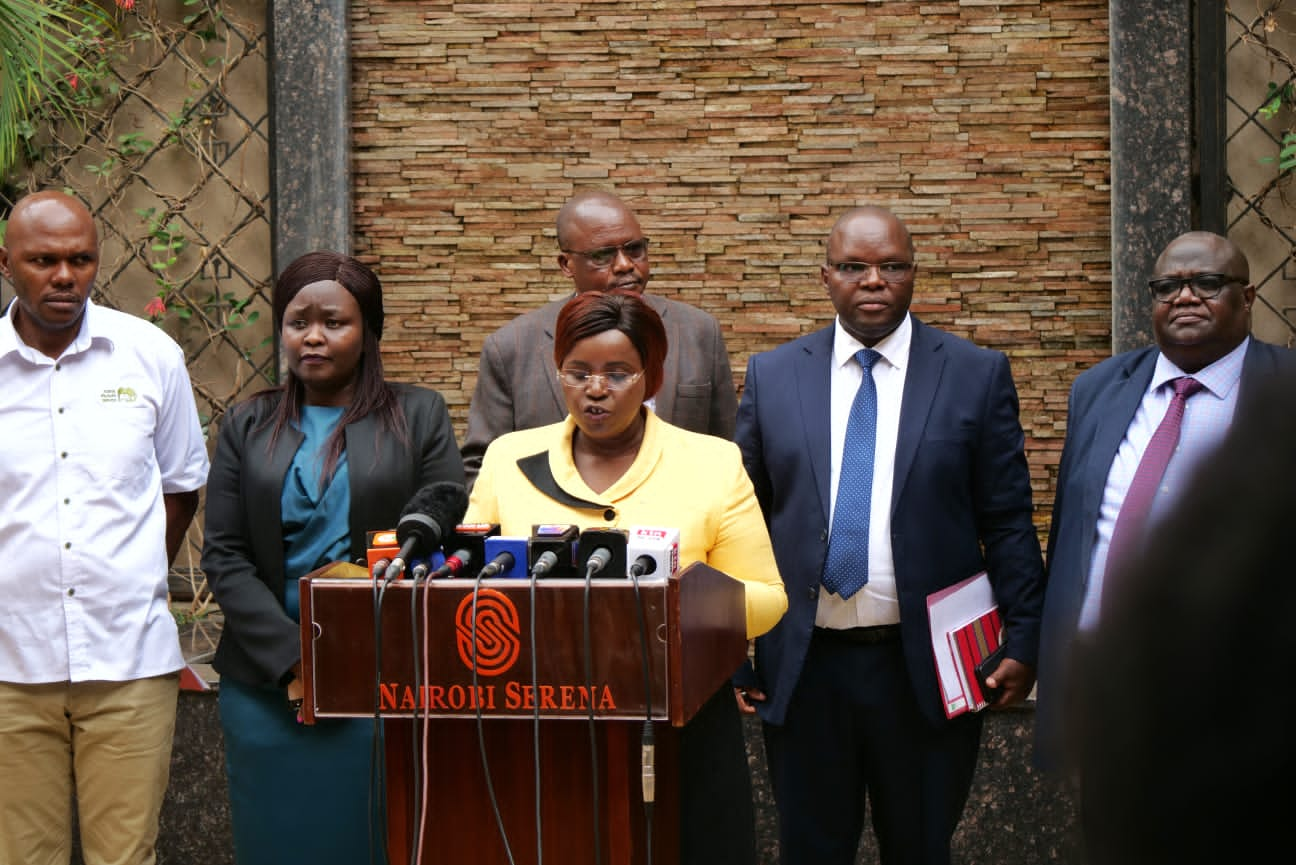
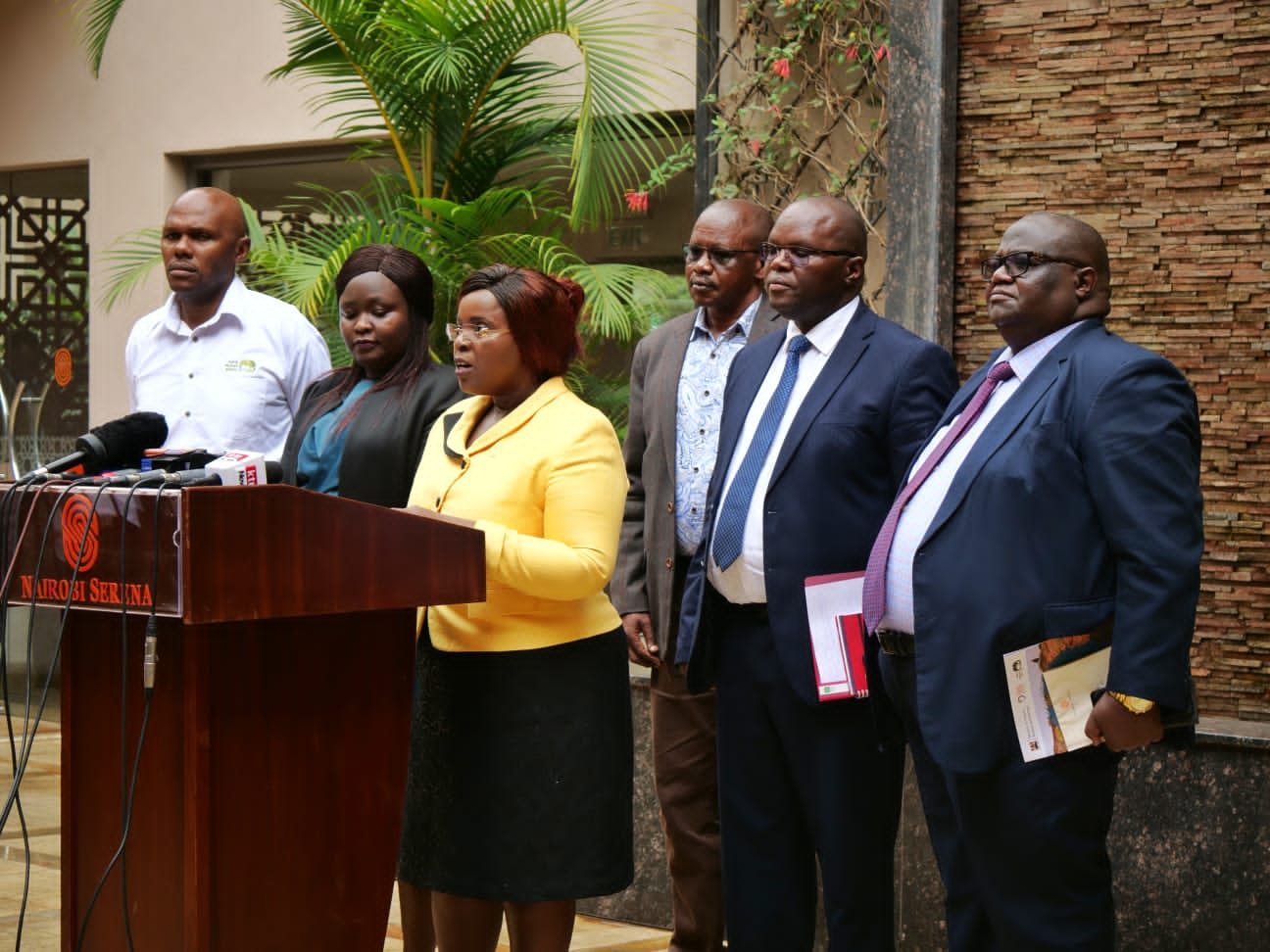
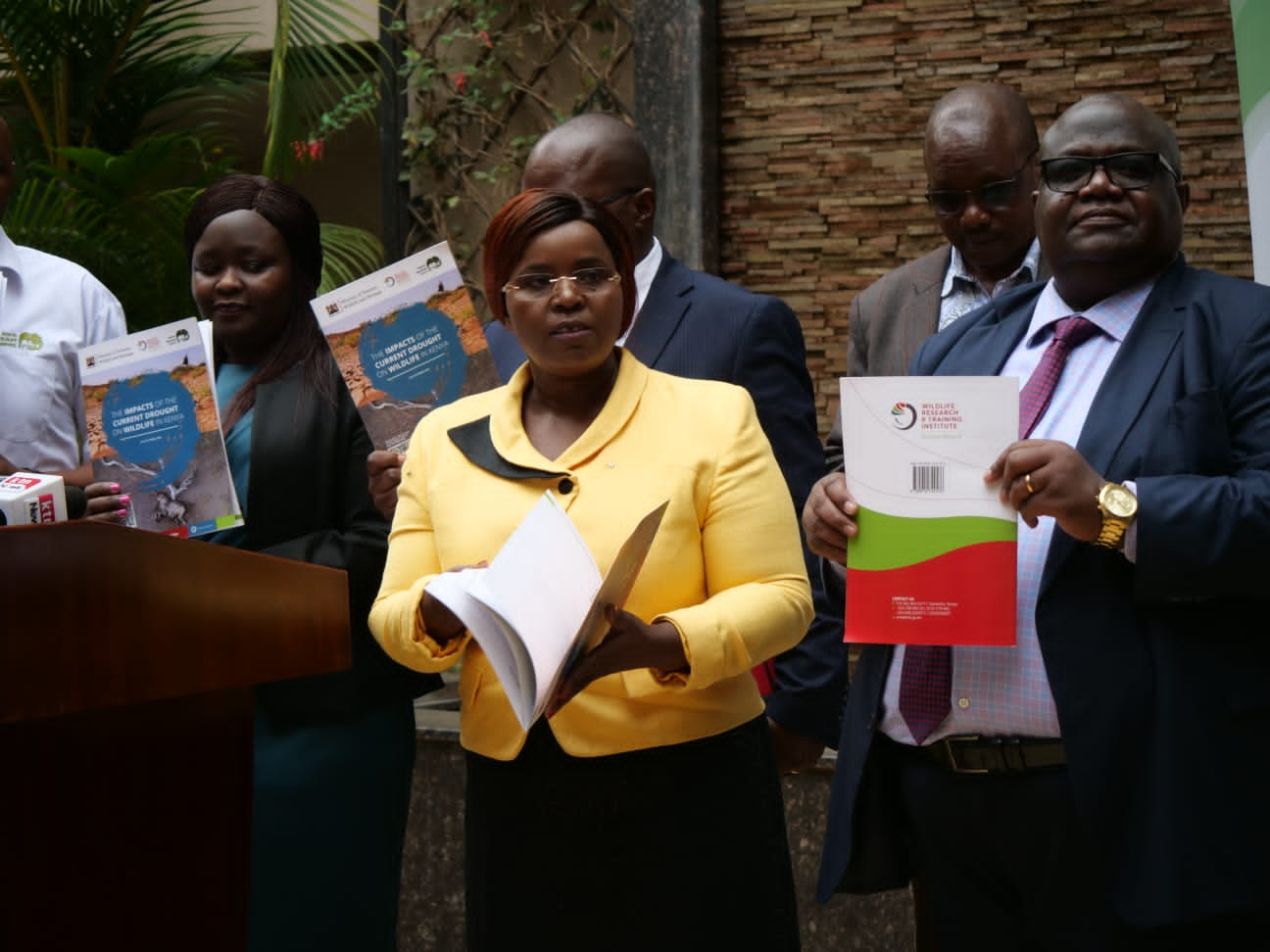
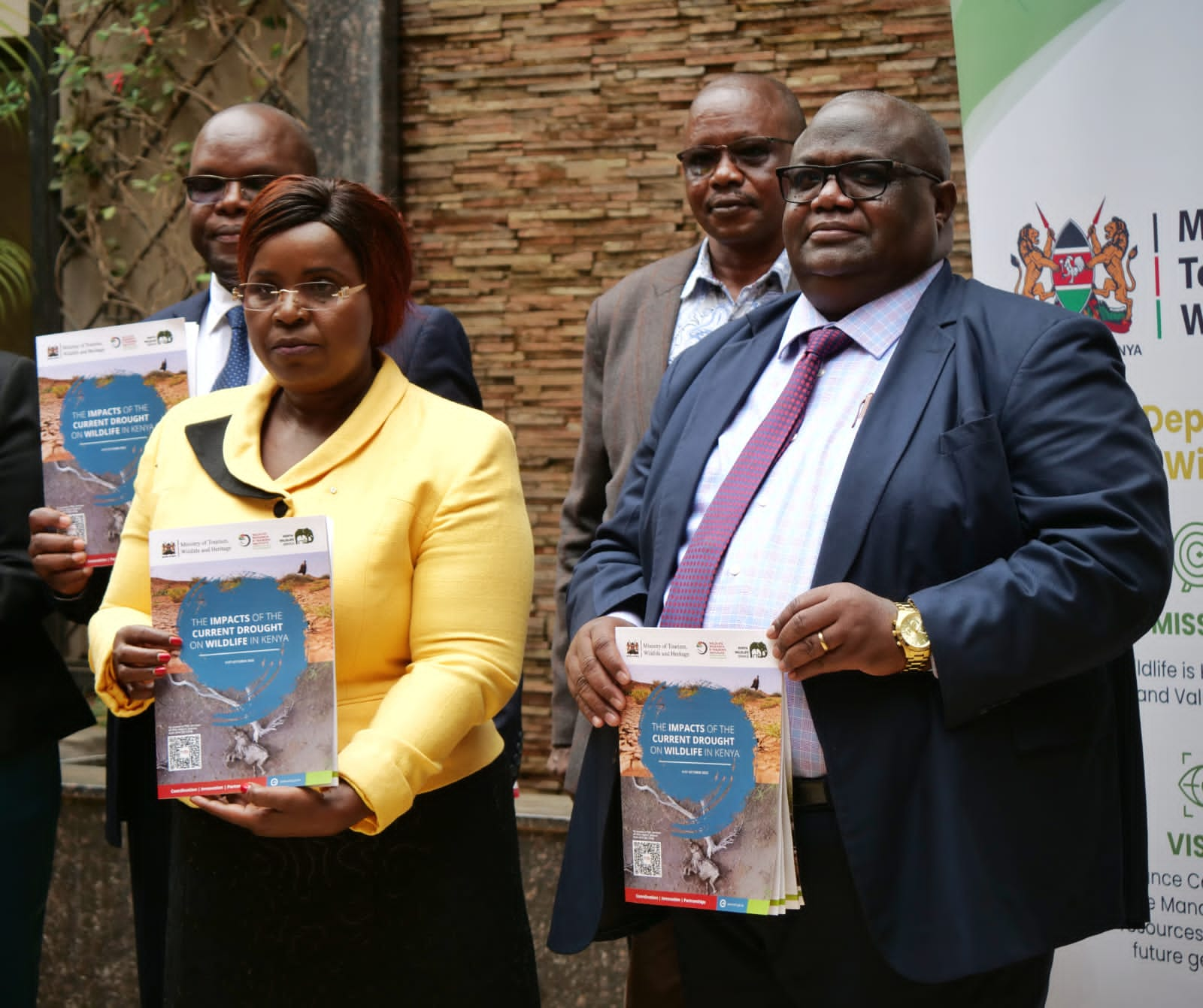
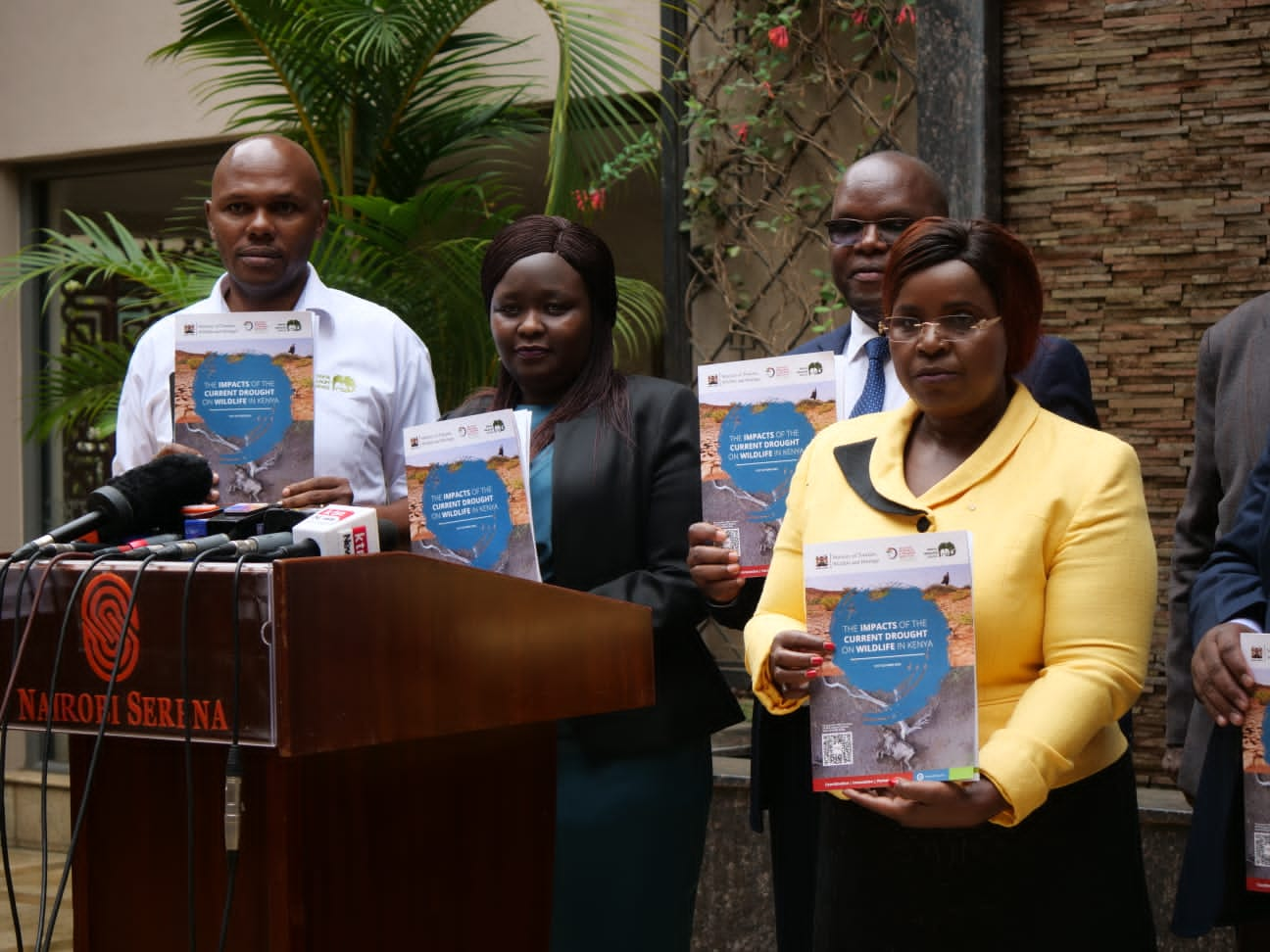
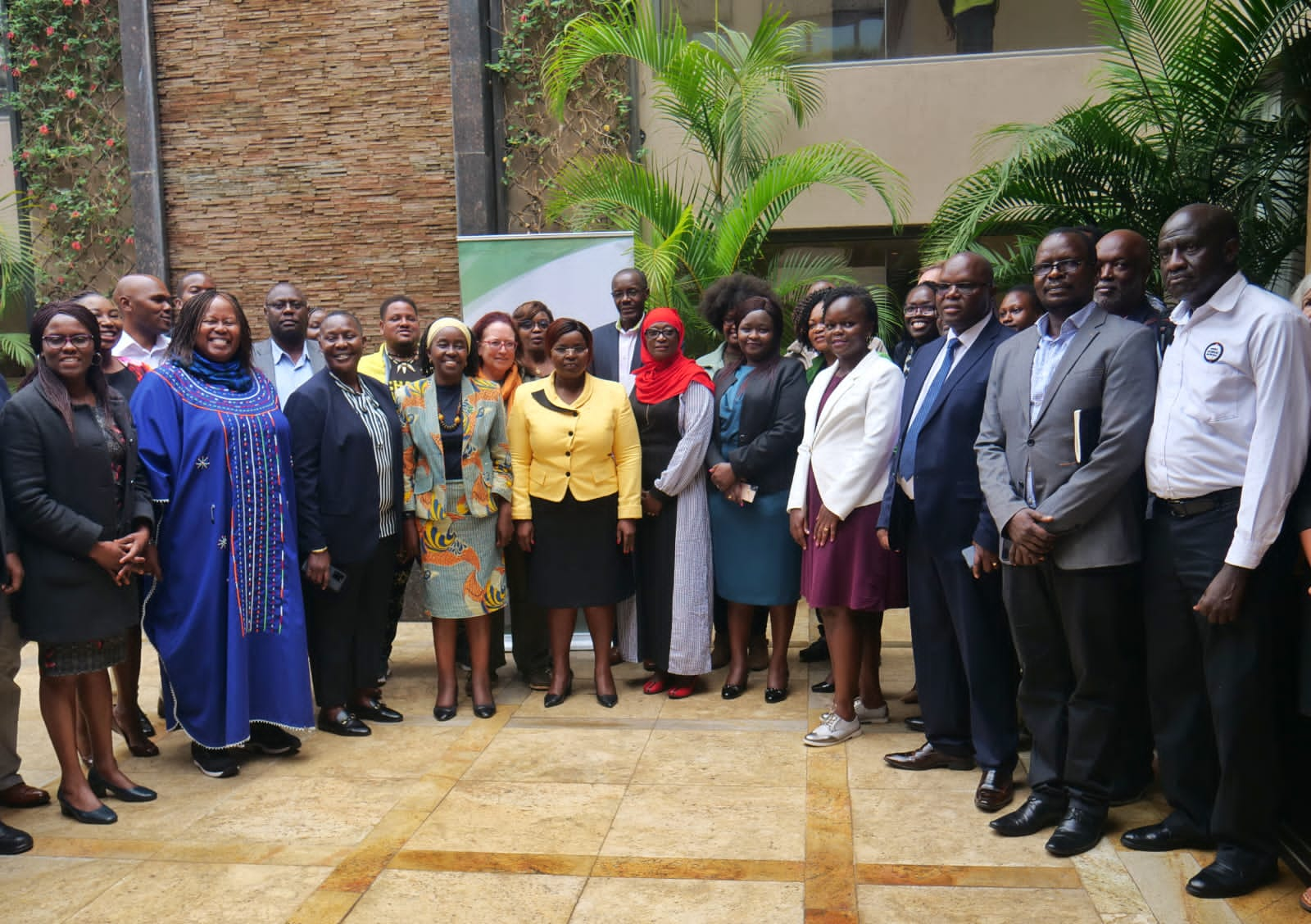
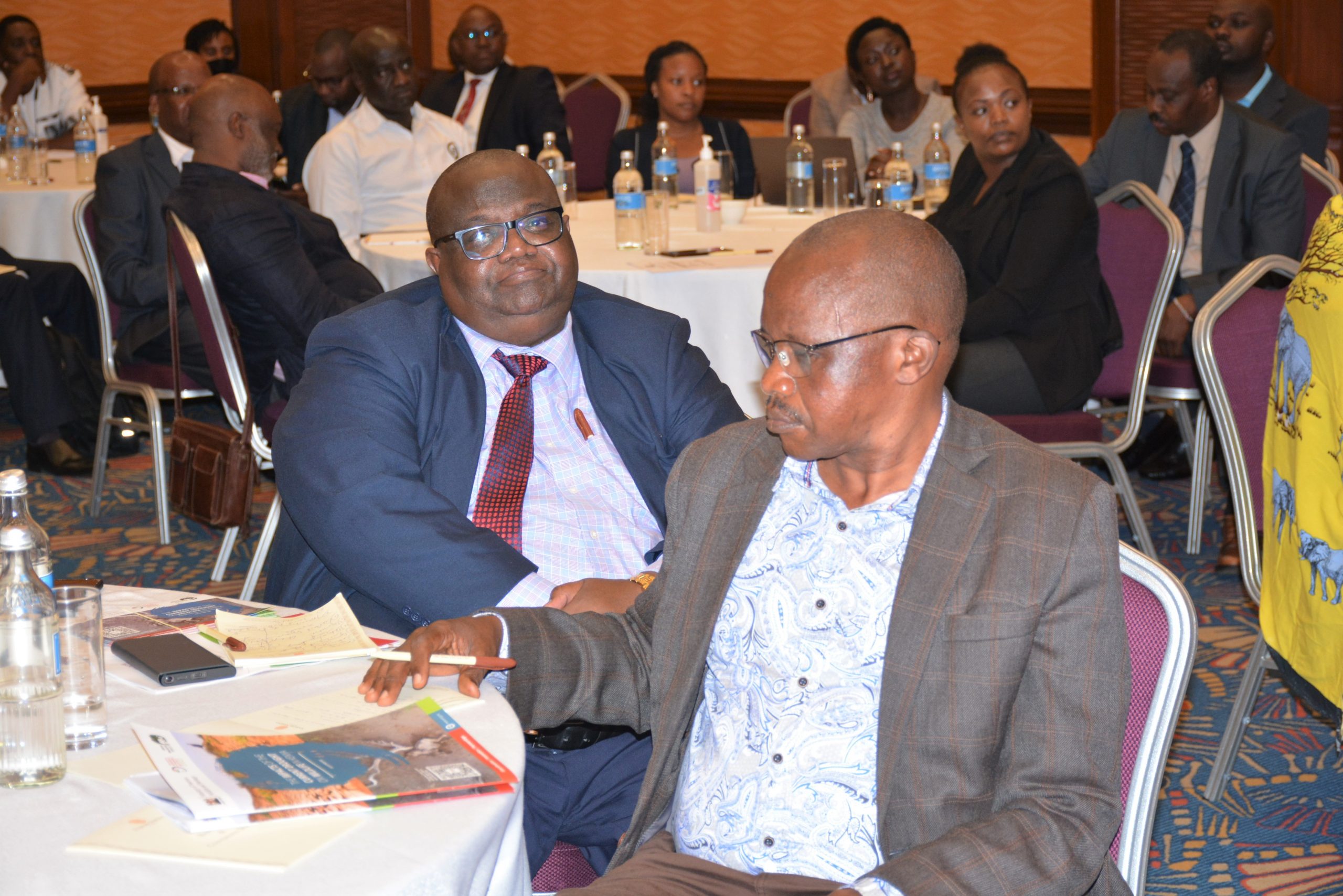
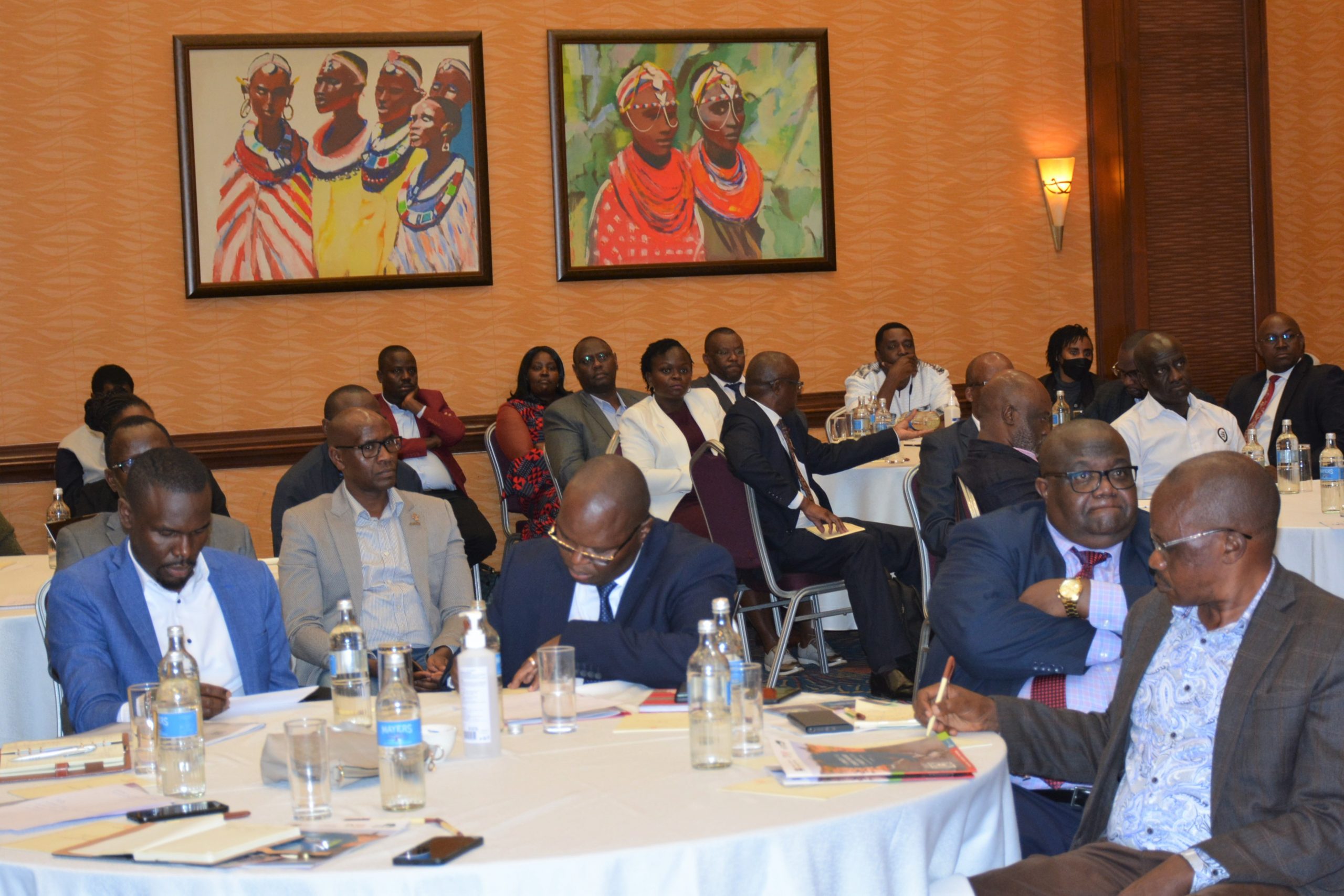
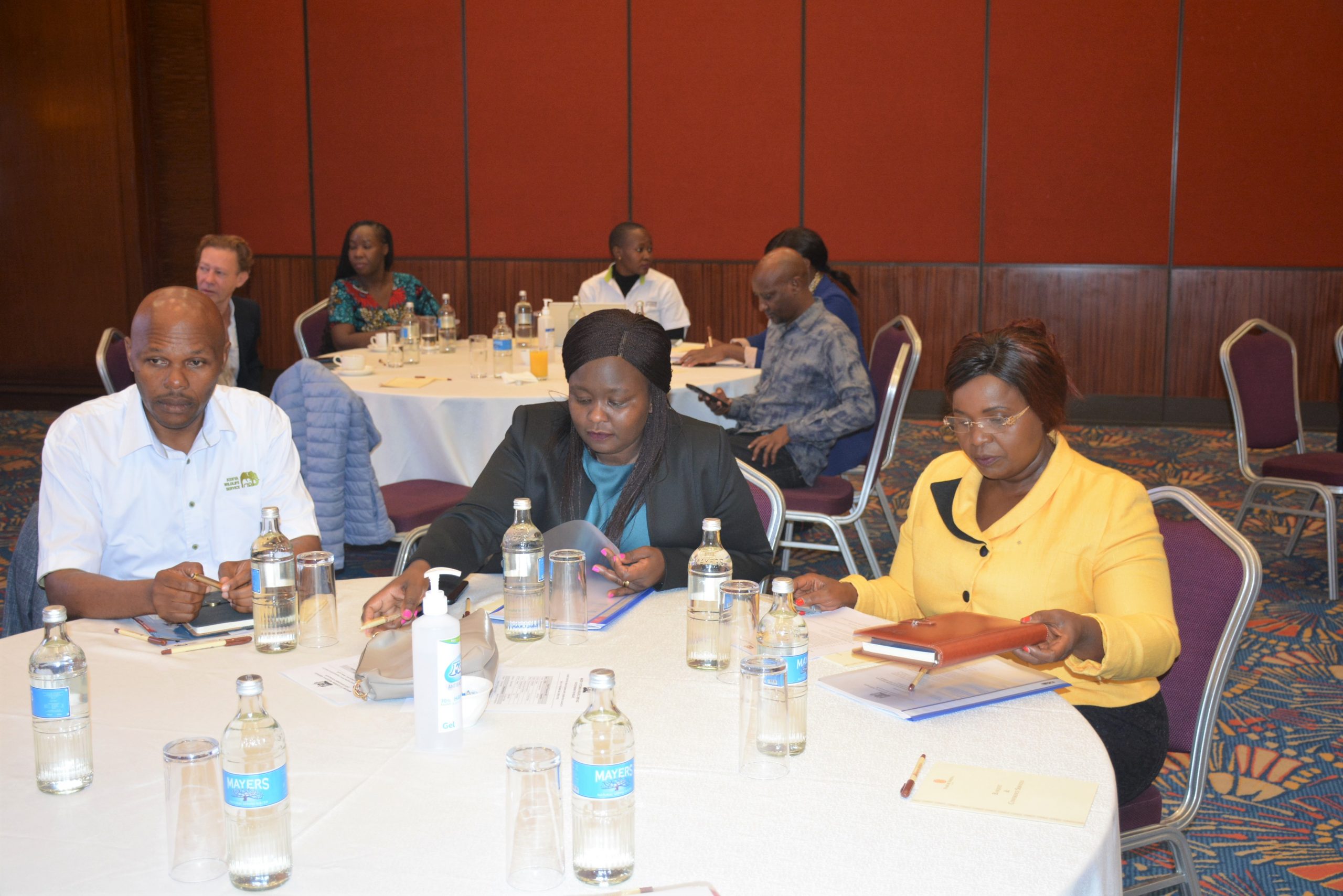


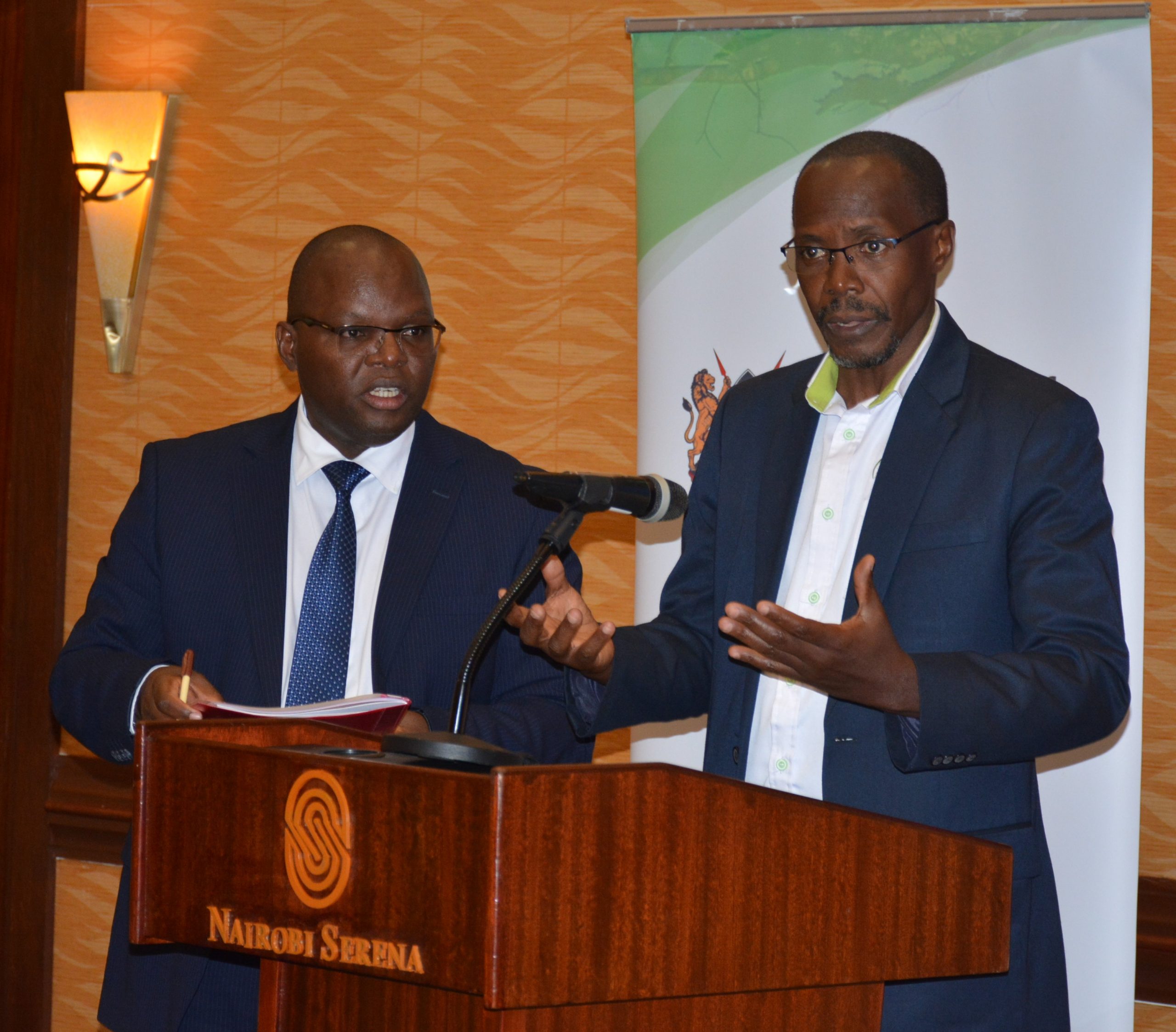
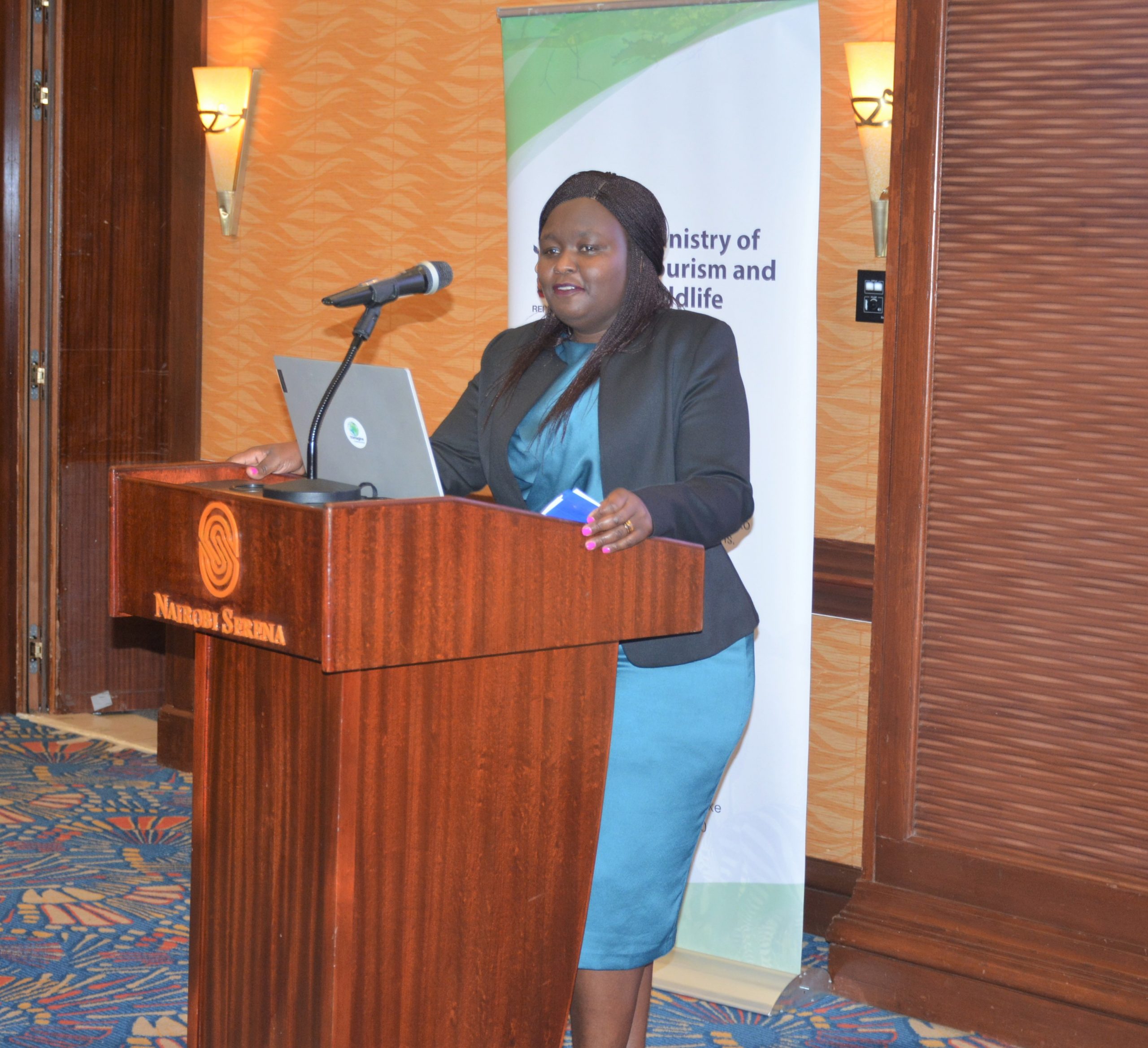
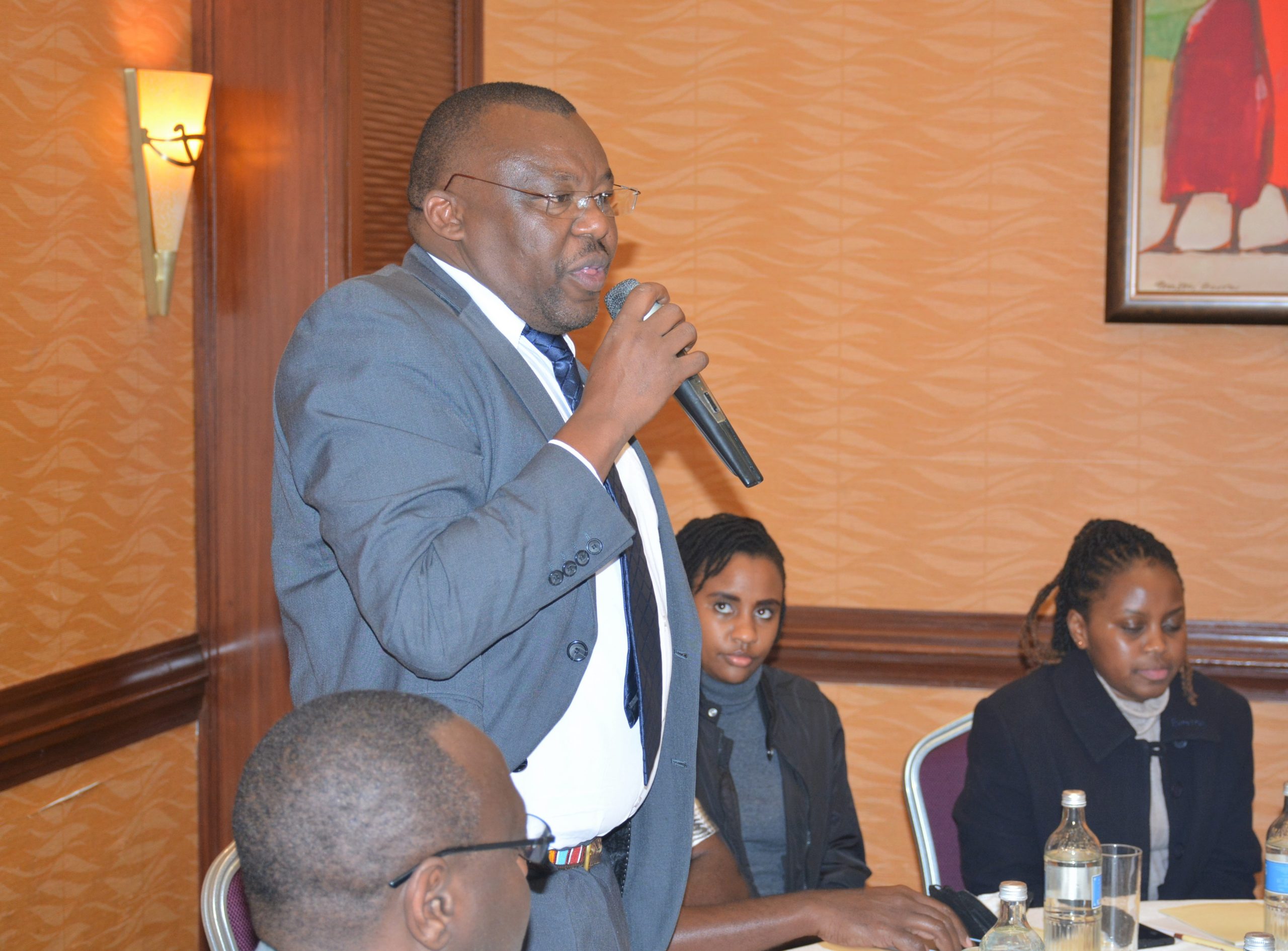

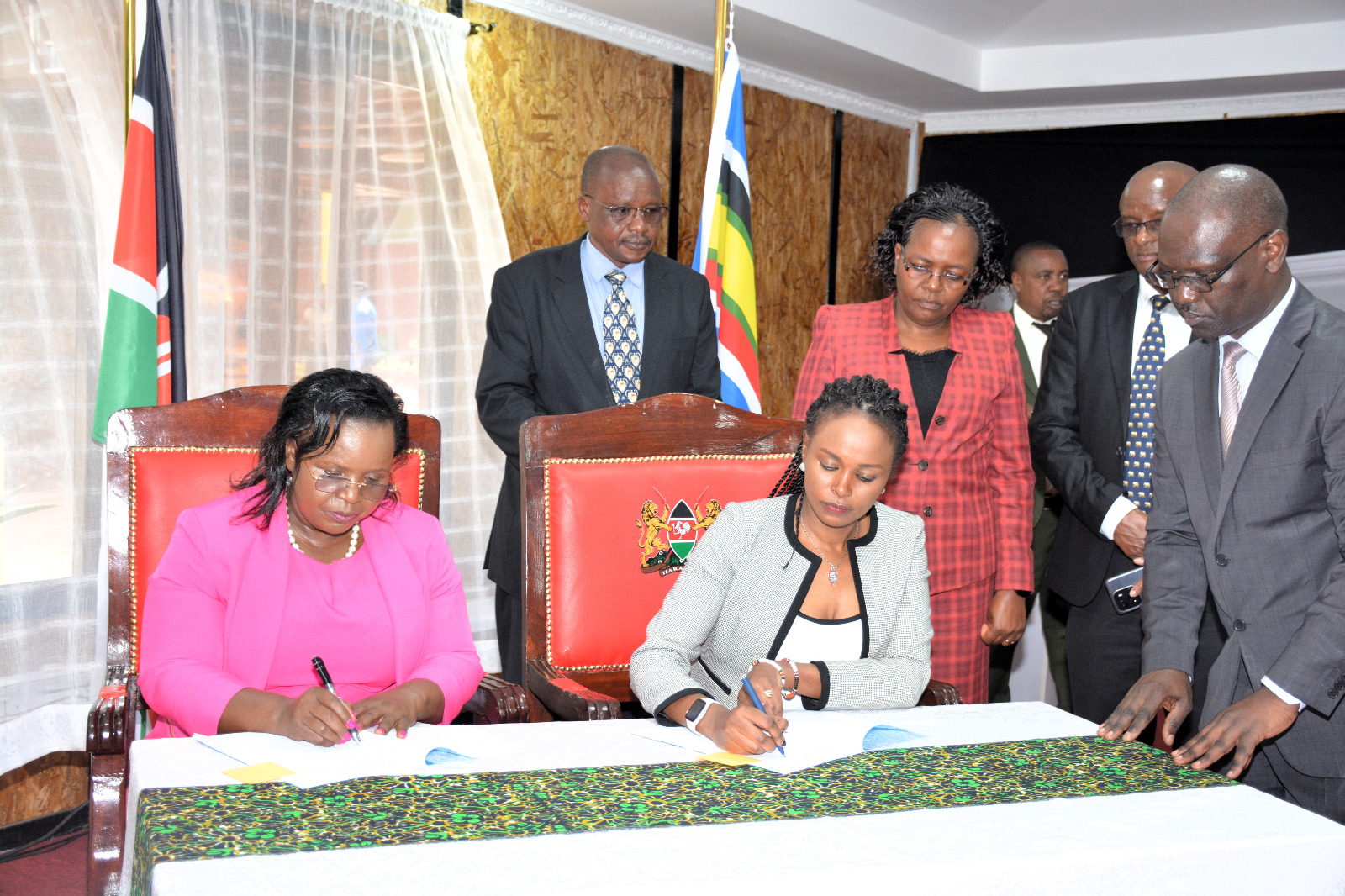
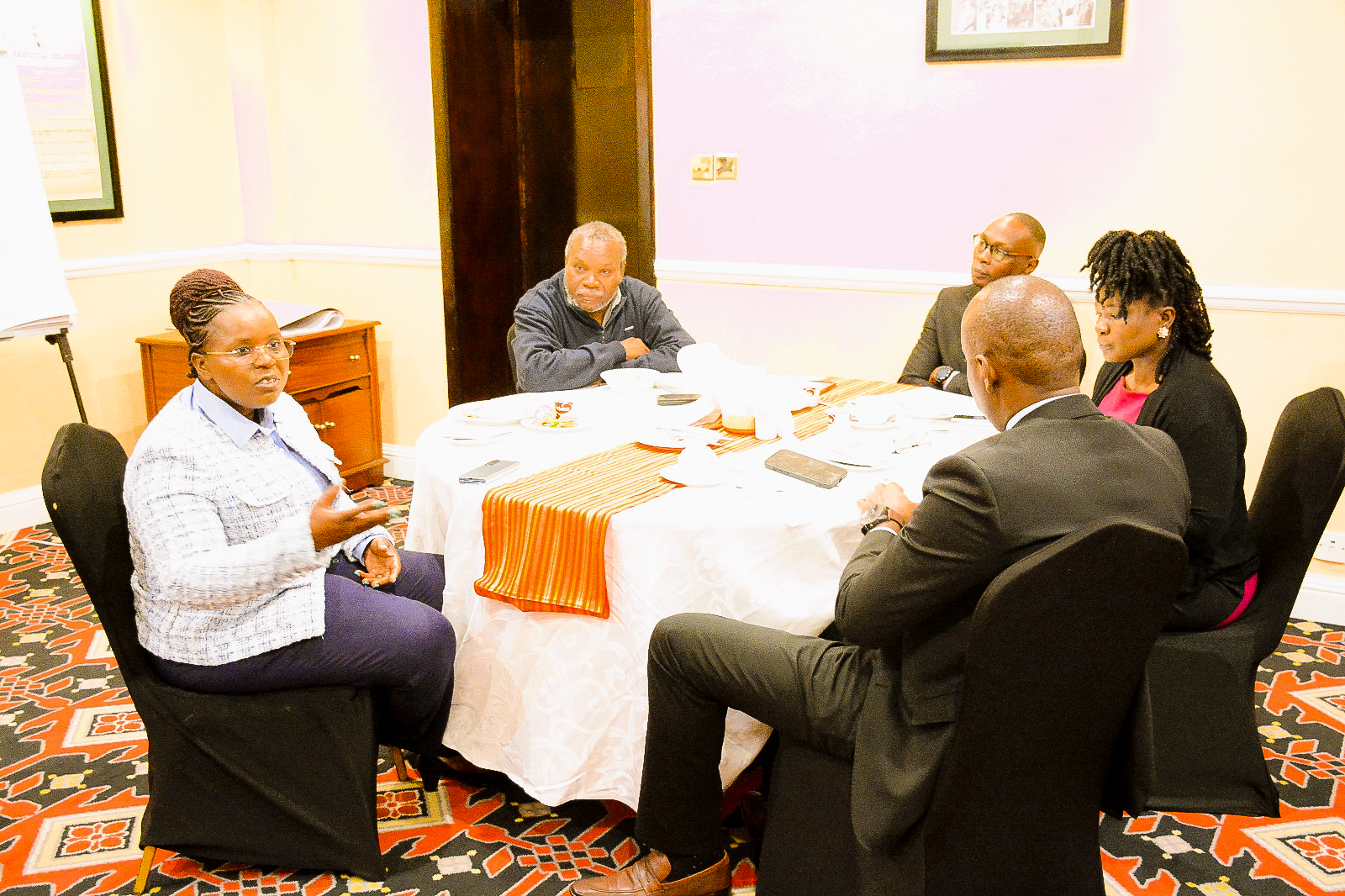
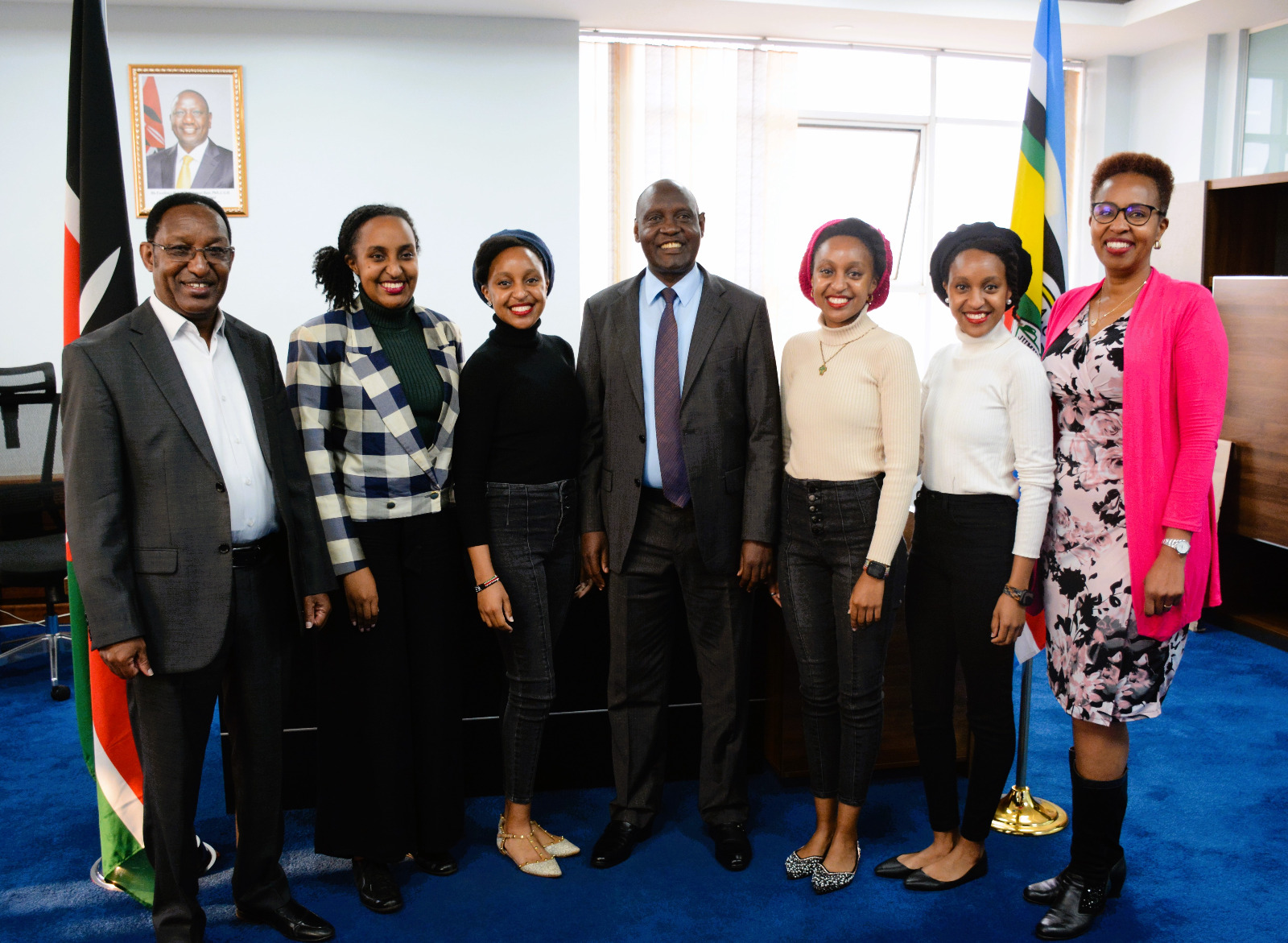
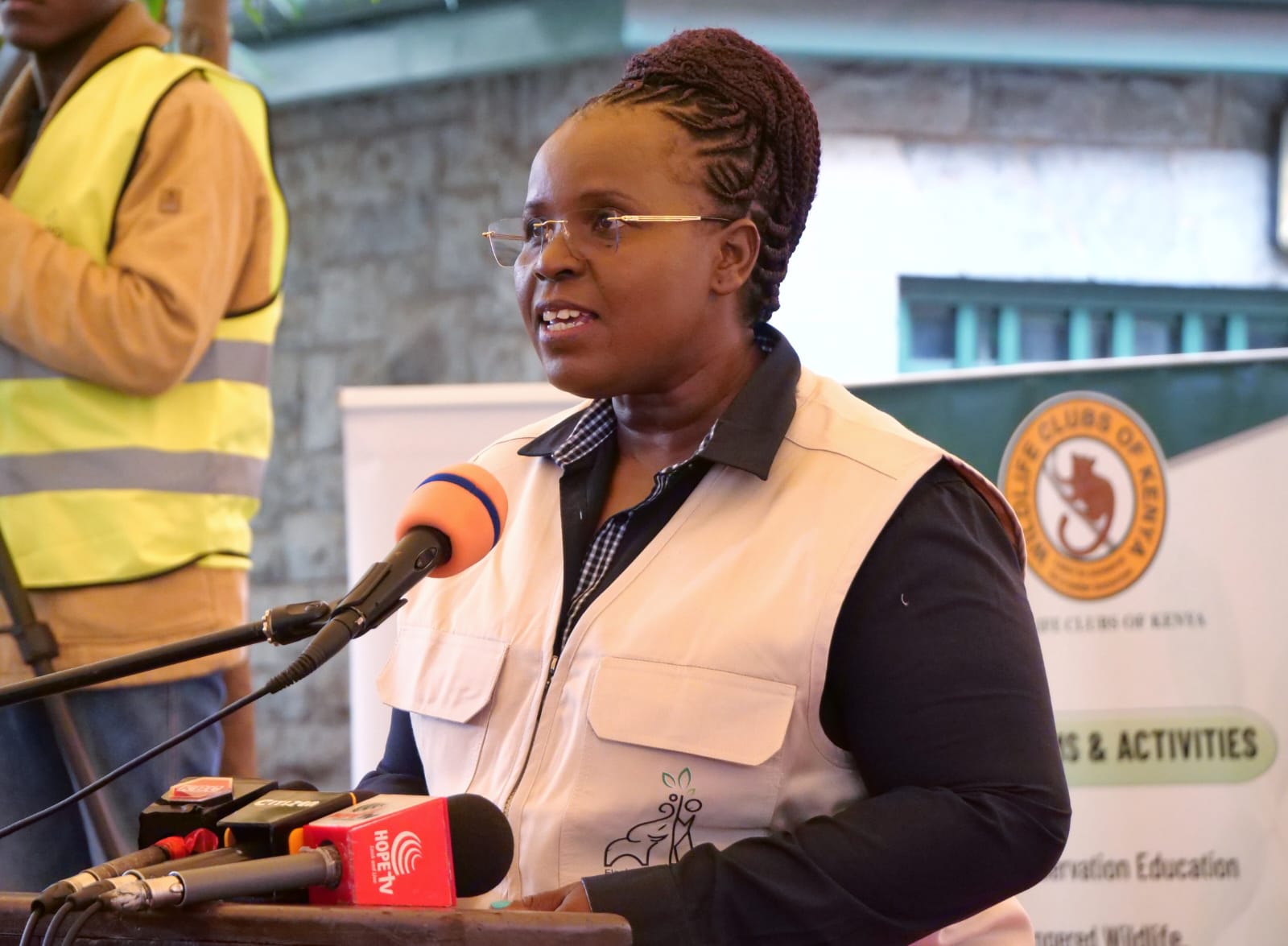
Leave A Comment